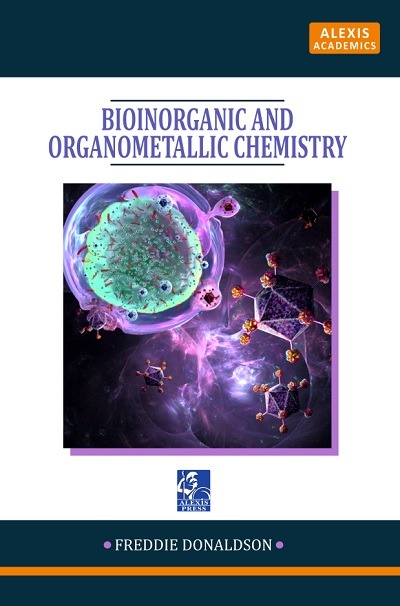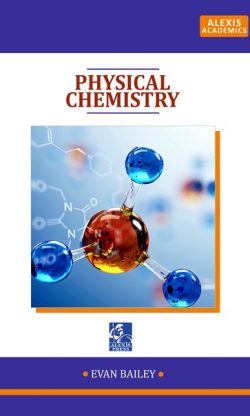Bioinorganic chemistry deals with the role of metals and non metals in biological systems. The inorganic elements, other than carbon, especially the metals are also vital to the functioning of bio- systems. Many biological processes such as photosynthesis, respiration, metal ion transport, enzymatic actions etc., fall into the realm of bioinorganic chemistry. It is highly advanced interdisciplinary science. The field at the interface between biochemistry and inorganic chemistry; also known as inorganic biochemistry or metallobiochemistry. This field involves the application of the principles of inorganic chemistry to problems of biology and biochemistry. Because most biological components are organic, that is, they involve the chemistry of carbon compounds, the combination of the prefix bio- and inorganic may appear contradictory. However, organisms require a number of other elements to carry out their basic functions. Many of these elements are present as metal ions that are involved in crucial biological processes such as respiration, metabolism, cell division, muscle contraction, nerve impulse transmission, and gene regulation. The characterization of the interactions between such metal centers and biological components is the heart of bioinorganic chemistry. The use of labeled compounds allows the spectroscopic identification of intermediates. Palladium is one of the most extensively studied metals in organometallic chemistry because it is versatile and catalyzes a considerable number of organic reactions. The most important palladium-catalyzed reactions are those leading to C-C bond formation such as oligomerization and polymerization of alkenes, carbonylation of alkenes and organic halides, Wacker oxidation of alkenes, Heck reaction, allylic alkylation, Suzuki reaction, cross coupling reactions, polyamide synthesis, etc. This book attempts to unify the field of bioinorganic chemistry by identifying the principles that have emerged and arranging them in a logical and consistent order.
Bioinorganic and Organometallic Chemistry
Bioinorganic chemistry deals with the role of metals and non metals in biological systems. The inorganic elements, other than carbon, especially the metals are also vital to the functioning of bio- systems. Many biological processes such as photosynthesis, respiration, metal ion transport, enzymatic actions etc., fall into the realm of bioinorganic chemistry. It is highly advanced interdisciplinary science. The field at the interface between biochemistry and inorganic chemistry; also known as inorganic biochemistry or metallobiochemistry. This field involves the application of the principles of inorganic chemistry to problems of biology and biochemistry.
Book Details
| Pages | 293 Pages |
|---|---|
| Publisher | Alexis Press |
| Language | English |
| ISBN | 978-1-64532-133-0 |
| Released | 2023 |






Reviews
There are no reviews yet.